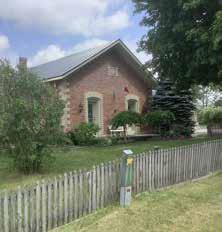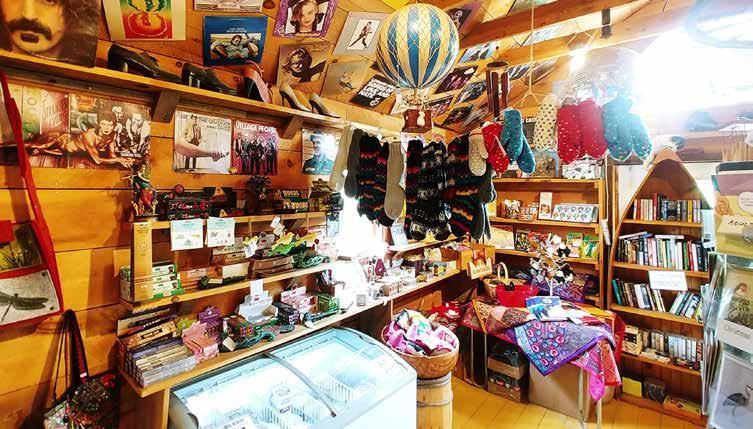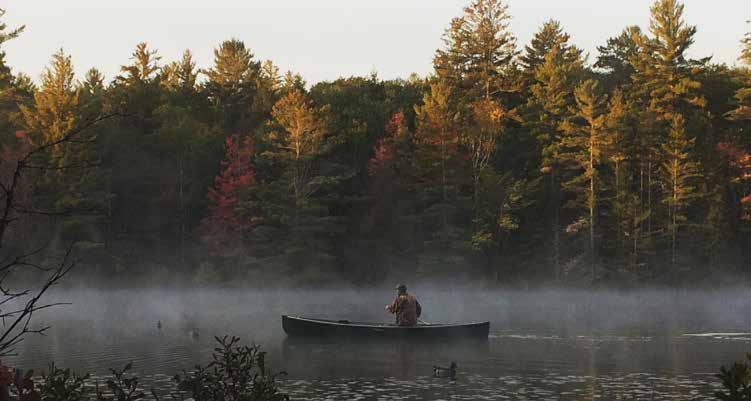
2 minute read
Editorial: Trash Talk
Recycling programs across Canada have been a failure. Canada recycles just nine per cent of its plastics, while the rest is dumped in landfill, incinerated, or ends up as litter. In 2000, when Kawartha Lakes first started a city-wide recycling program, all seven types of plastics were recycled. Now almost none are eligible. Additionally, takeout coffee cups, Styrofoam, and aerosol cans are no longer permissible under the city’s new waste contract with Canada Fibers Ltd.
Since the pandemic began, data were tracked across Ontario’s municipalities and the findings show that waste production has increased compared to 2019 figures. Waste management workers have been collecting a provincial average of four per cent more residential garbage and 12 per cent more residential green bin materials, with blue box collections remaining stable.
Advertisement
Ontario is set to introduce a producer-pay model in 2023. This means companies will be responsible for managing and paying for the full life cycle of their products, which this page supports in theory. However, it is unclear how this will operate, what accountability producers will have, and which waste items will be included. Kerri Snoddy, regulatory compliance officer with the city’s environmental services department has told the Advocate the program will be enforced by the provincial government with specifics expected this fall.
Snoddy admits there is only about 15 years left of capacity at the Lindsay Ops landfill and four more years of capacity at the Fenelon landfill. She says there are three other landfill sites in the city that can be used well into the future.
We would hope that this producer-accountability framework sparks some creative thinking about waste in general. About 50 per cent of Canada’s waste is compostable — but Kawartha Lakes lacks a municipally-run, curbside-pick-up, composting service. The city will review composting feasibility again in 2021. If it’s determined, once again, that we are too small in numbers for such a service, why not investigate teaming up with other smaller jurisdictions to see if this can create an economy of scale to make it happen?
LETTER SPOTLIGHT

A drive through our history
I want to thank Ian McKechnie for his fine report on his bicycle trip to the Fleetwood area. (“Cycling Through Time,” Aug. issue). So close to Lindsay where I have now lived for the last few years.
I travel a lot, every week on side roads, to see the countryside. I watched how the wind turbines were installed. I travel with my little Volkswagen Beetle many side roads but the Fleetwood area I had never visited.
My friend Mary and I, we went to Bethany and took road #38 to Omemee and sure enough we found Lifford Road. Soon we saw the Grandy Tavern and a cemetery. There is Beers Road, Bethany Hill Road and dozens more. So beautiful to see the Ontario countryside. I cannot go on bicycle trips anymore. I loved all my bikes but now the old knees cannot take it. Gunter Schubert, Lindsay









